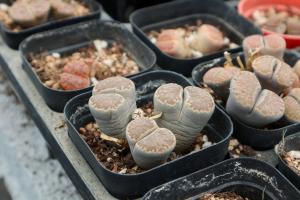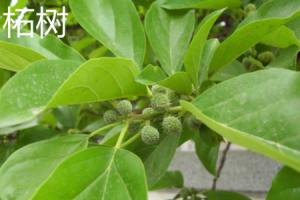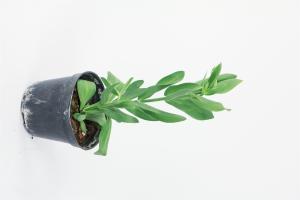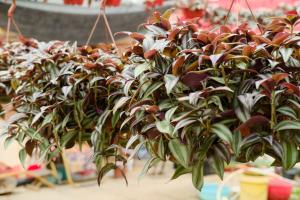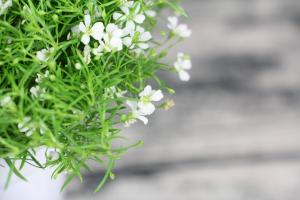How Often to Water Chinese Money Plant
The Chinese money plant, also known as Pilea peperomioides, is a sought-after houseplant that features unique leaves and an easy-care nature. While they are low maintenance, it's essential to give them the right amount of water to keep them healthy and thriving. Below are some guidelines on how often to water your Chinese money plant:
Factors Affecting How Often You Should Water Chinese Money Plant
Before diving into how often to water your Chinese money plant, it's crucial to understand the factors that affect how frequently you should water them. One of the essential factors is the amount of light they receive. In general, the more light the plant gets, the more it will require water. The size of the container, the type of soil, and the temperature and humidity levels in the surrounding environment also play a role in determining how often to water your plant.
Watering Frequency for Chinese Money Plant
The frequency of watering your Chinese money plant is crucial to its overall health. The plant does not like to sit in water, so make sure that you do not overwater it. Generally, the Chinese money plant requires watering once a week during the growing season, which is from spring through summer. During winter, when the plant slows down its growth, watering can be reduced to once every two weeks or once a month, depending on the light and temperature levels.
How to Water Chinese Money Plant
When watering your Chinese money plant, make sure you don't pour the water directly into the middle or on top of the leaves. Instead, water it from the bottom by filling the saucer beneath the pot with water and letting the plant soak up the water. Leave the plant in the water for around 5 - 10 minutes, then remove it from the saucer and discard the excess water. This method ensures that the soil will absorb the water evenly and doesn't become waterlogged, which can lead to root rot.
Signs of Overwatering and Underwatering Chinese Money Plant
Knowing the signs of overwatering and underwatering will help you keep your Chinese money plant healthy. Signs of overwatering include yellowing leaves, a mushy stem or soil, and stunted growth. On the other hand, signs of underwatering include shriveled or crispy leaves and a dry potting mix. Adjust the frequency or amount of water accordingly depending on the signs your plant is showing.
Conclusion
The Chinese money plant is a low-maintenance houseplant that requires proper watering to thrive. Make sure to water it once a week during the growing season and adjust according to the light and temperature levels during winter. Avoid overwatering and water from the bottom to ensure even absorption. With the proper watering technique, your Chinese money plant will continue to be an excellent addition to your indoor plant collection for years to come.

 how many times do yo...
how many times do yo... how many planted tre...
how many planted tre... how many pine trees ...
how many pine trees ... how many pecan trees...
how many pecan trees... how many plants comp...
how many plants comp... how many plants can ...
how many plants can ... how many plants and ...
how many plants and ... how many pepper plan...
how many pepper plan...

